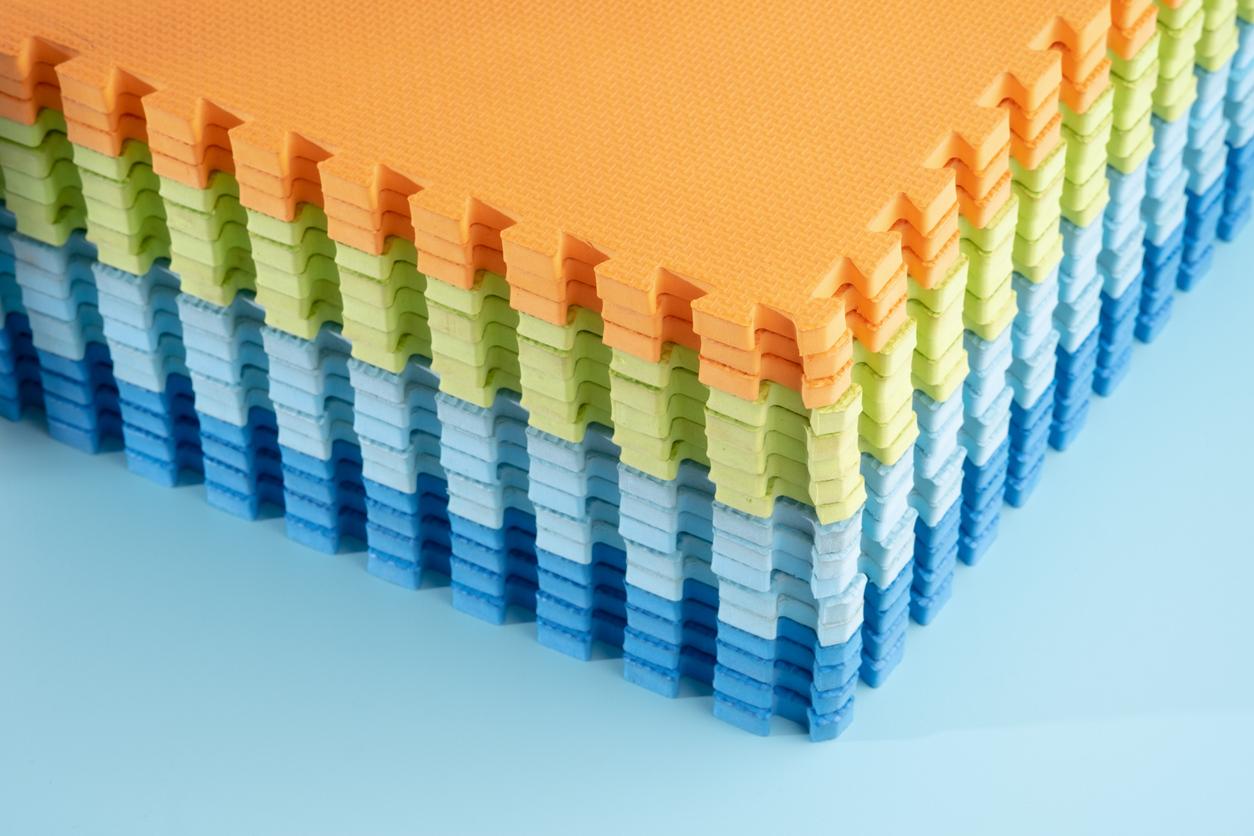How to Block Crochet: What It Is, Why It’s Important, and 3 of the Most Common Methods
Published Jan. 13 2024, 8:00 a.m. ET

Learning how to block crochet is essential if you want to take your projects to the next level. This simple technique will make your finished products look neat and professional without much effort.
Stick around to learn more about the three most common crochet-blocking methods and how to determine which one is best for your project.
What is blocking in crochet?

Blocking is a crochet technique that is used to shape a project, according to Gathered. Typically, moisture or water is used in the process, and the final product is left to dry for a few hours, depending on the environment and method used.
By taking this extra step, crocheters can make their pieces appear more professional. While crocheting, stitches can become uneven or stretched out — this can make a project look messy and even make it more difficult to sew items together. Blocking is a good way to address these common issues.
There are three different crochet-blocking methods: Steaming, spraying, and wet-blocking. When deciding how to block your project, it’s important to consider the type of yarn used.
For cotton and linen yarn, using steam or wet blocking is best. Synthetic fibers and blends are typically better off with the spraying technique — this is the gentlest method. However, when using very delicate yarns like lace, it’s best not to block the piece at all, as it could cause some damage.
Blocking a project isn’t required. You can still create lovely crocheted products without taking this extra step. If you’re interested in learning how to block crochet, keep reading.
How to block crochet using steam:
To block a piece using steam, you will need a blocking board, pins, an iron, a tape measure, and a spray bottle. You can find blocking boards at most craft stores, but if you're unable to find one, you can use a yoga mat, corkboard, ironing board, a block of wood, or any foam mat.
Begin the steam-blocking process by pinning your crochet project to the blocking board. Use the tape measure to determine where to put the pins — this is based on your item’s dimensions. The pins should be placed in the corners inside the last round. After pinning the corners, you can secure other spots around the border.
Now, use the steam setting on your iron and hover it over the project — check the yarn label to determine what temperature to use. Slowly guide the iron over the item without actually touching the fabric. Once it feels damp, let it sit to dry.
How to wet block crochet:
Wet blocking requires a towel, pins, and a blocking board. Start by washing your item according to the yarn label, and while it’s still wet, roll it up in the towel to remove some moisture.
After gently removing your project from the towel, pin it to the blocking board. When pinning, you can follow the same steps as you would for steam-blocking. Be sure not to pull the yarn too tight while pinning down the corners — this can stretch out your product and create an undesired effect.
How to spray block crochet:
Spray blocking, also called dry blocking, is one of the easiest methods. The process for this method is very similar to the previous two, so if you’ve tried those, you shouldn’t have any trouble.
To spray block your project, you will need a blocking board, pins, and a spray bottle. Start by carefully pinning your (dry) item to the board. Now, take the water spray bottle, spritz the item, and let it try. That’s it!